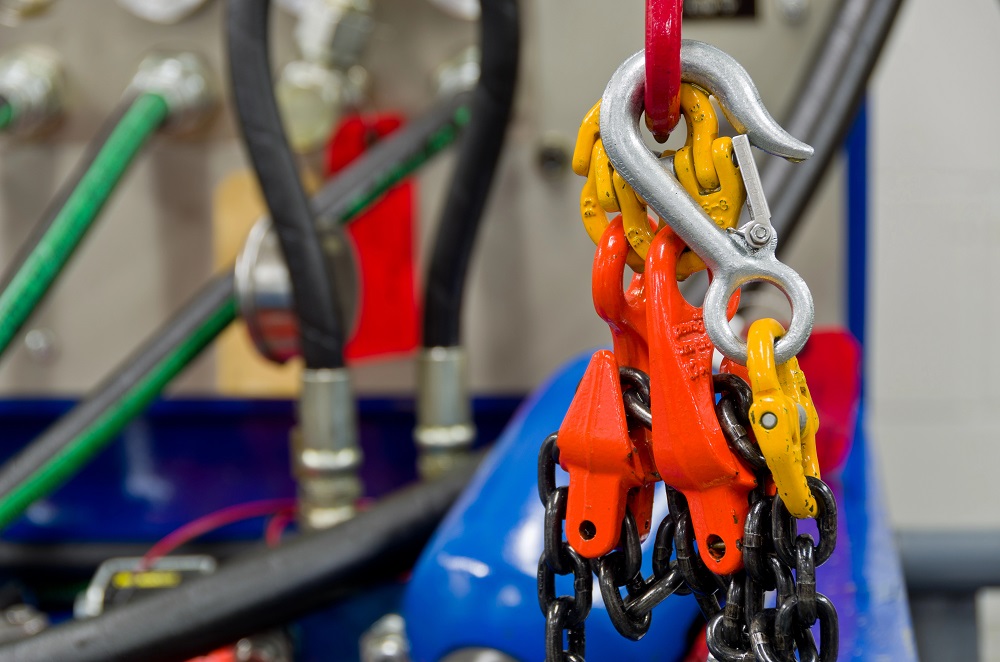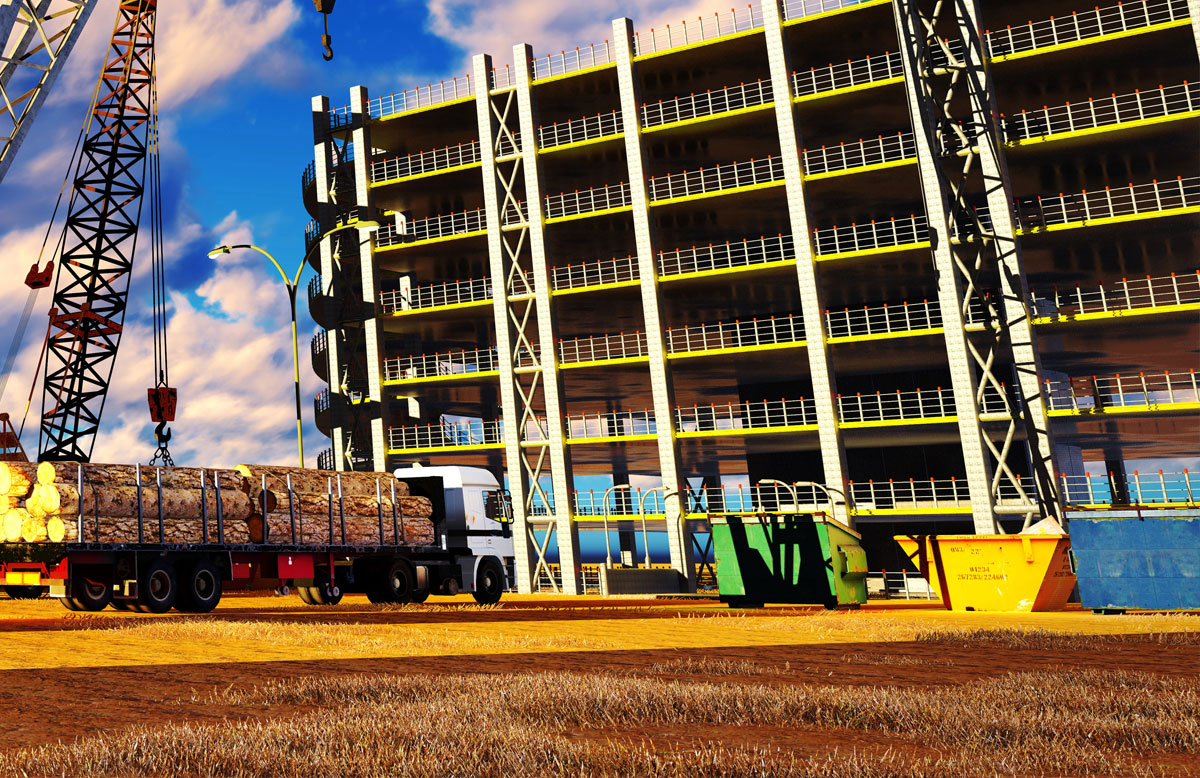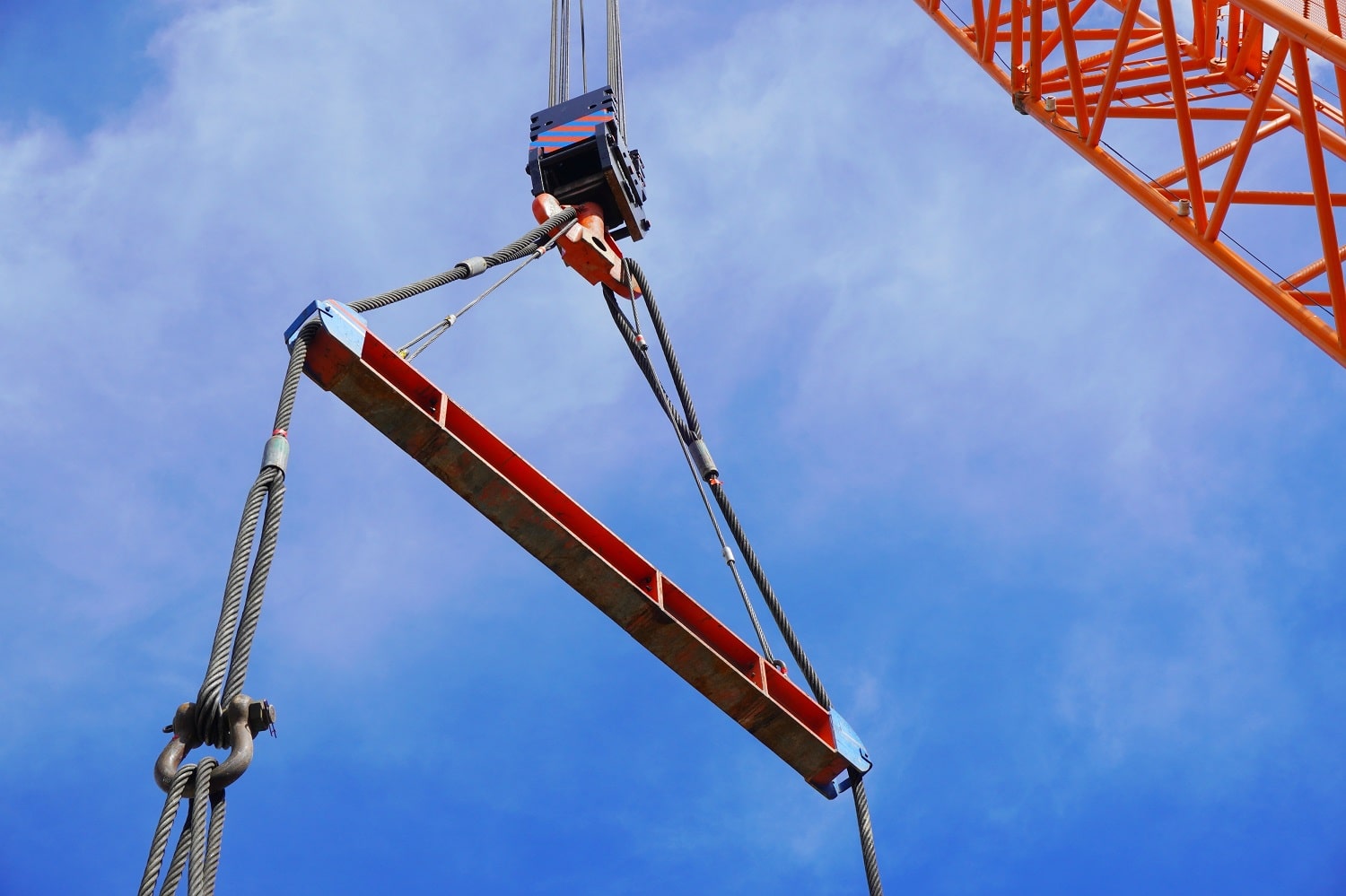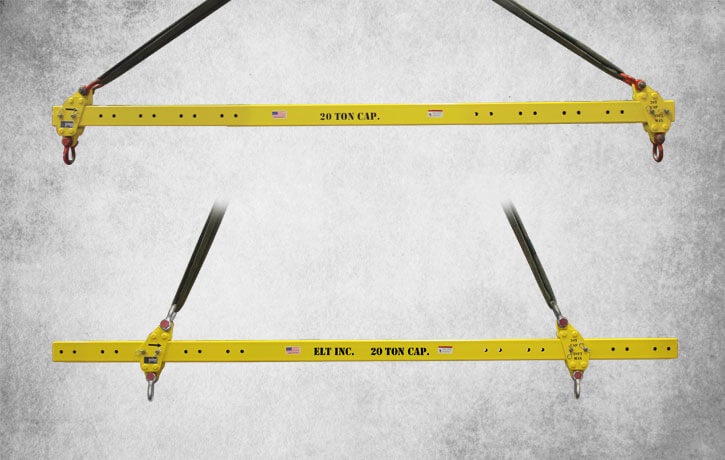Tensile Strength vs Working Load

Understanding the tensile strength of a rope or chain, and its working load is fundamental to ensuring safety and efficiency in a warehouse or job site. Both measures are crucial for choosing the proper chain for the job, as well as ensuring that it can withstand the demands of its intended use without the possibility of failure. Below we’ll cover the key differences and industry standards to aid in the proper selection.
The Difference of Tensile Strength vs Working Load
While tensile strength offers a measure of a rope’s maximum capability, the working load defines the limits within which the rope can be safely used. To further explain:
Tensile strength, also known as breaking strength, is the maximum amount of stress (typically measured in pounds or tons) a rope or chain can withstand before it fails or breaks. This value is determined through testing under controlled conditions and represents the absolute limit of what the material can handle.
The working load limit (WILL), sometimes just referred to as working load, is the maximum safe load that a rope or chain should carry under normal conditions. It will bill less than the tensile strength and is designed to provide a safety margin to account for various factors such as wear, aging, damage, and conditions of use. The working load limit is usually determined by dividing the tensile strength by a safety factor, often ranging from 3 to 10, depending on the type of material and the conditions of use.
The distinction between these two is important because using a rope or chain near or at its tensile strength can be extremely dangerous and will likely result in failure. The working load limit is set to ensure the longevity and safety of the equipment under typical usage conditions.
How Knowledge in Tensile Strength vs Working Load Can Prevent Accidents
Knowledge of tensile strength and working load is crucial in preventing accidents. It allows
for the correct selection of materials and equipment, ensuring that they can withstand the forces applied during use. By understanding these concepts, individuals can avoid overloading and misapplication, which are common causes of accidents in material handling and construction. This knowledge fosters a culture of safety and responsibility.
Practical Applications and Testing
Practical applications and testing of ropes and chains involve assessing their performance under conditions that mimic real-world use, including peak load measurement. This testing ensures that ropes meet the required safety standards and perform as expected in their designated applications. These evaluations are crucial for verifying the reliability and safety of rigging ropes and chains for various industries.
The Concept of Proof Test Load in Ensuring Equipment Reliability
The concept of proof test load is essential in ensuring the reliability of lifting and rigging equipment. This testing process involves subjecting equipment to loads beyond its normal operational capacity to verify its strength and durability. Such tests are crucial for certifying that lifting devices are capable of handling specified loads safely.
Shock Loads: Preparing for the Unexpected in Load Handling
Preparing for unexpected shock loads is critical in load handling. Shock loading occurs when equipment is subjected to sudden forces that exceed its normal operating conditions. Understanding how to handle shock loads is essential for preventing equipment damage and ensuring worker safety.
Industry Insights and Safety Standards
In the realm of material handling and construction, understanding industry insights and adhering to safety standards is paramount. A key aspect of this is recognizing the critical role of lifting devices, chain slings, ratchet straps, and the management of shock loading during lifting operations. Ensuring that equipment meets the required safety criteria not only supports the integrity of operations but also safeguards the health and safety of the personnel involved.
Manufacturer’s ratings serve as a guideline to ensure safety and compliance in lifting operations. This rating helps users determine if a piece of equipment is suitable for the intended load, thereby preventing accidents and equipment failure. Understanding this capacity ensures that each lifting device is used within its operational limits, maintaining safety and efficiency.
___________________________
Effective load management involves a deep understanding of tensile strength, working load limits, and the application of safety factors. With a full understanding of these concepts, industries can ensure the safety of operations and the well-being of personnel.




